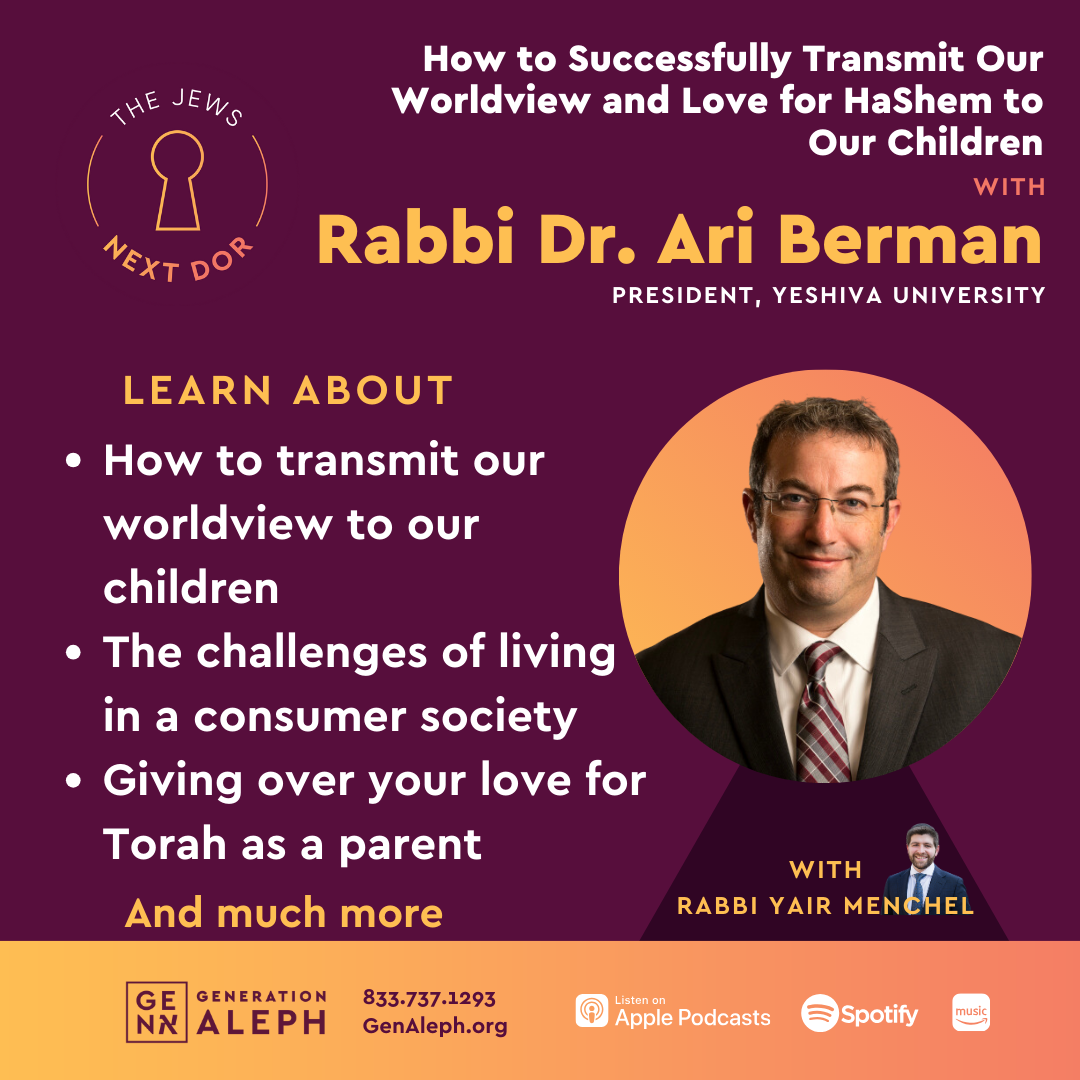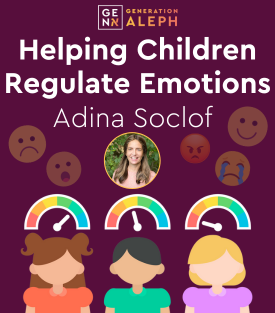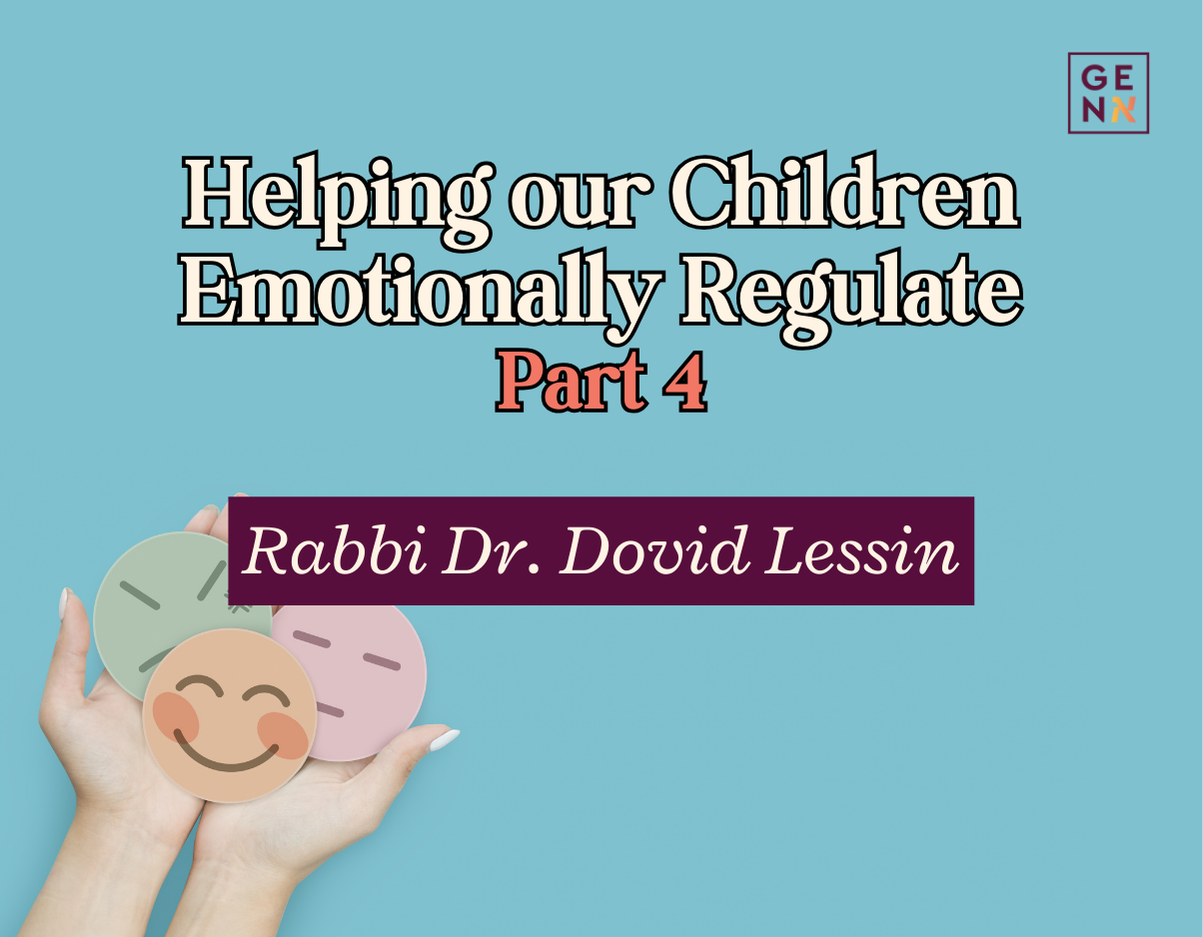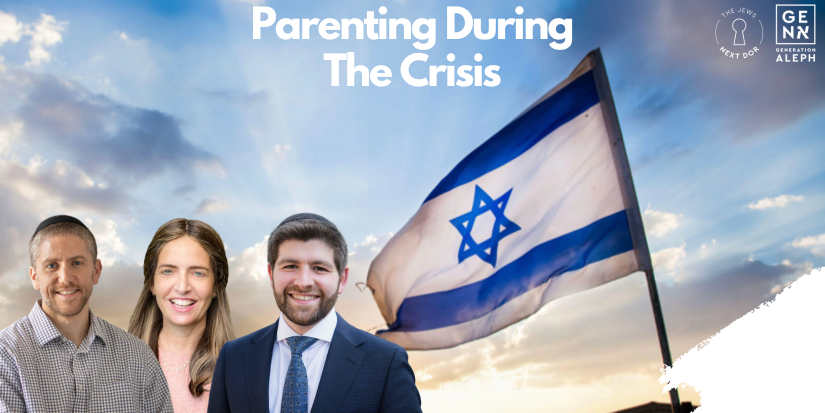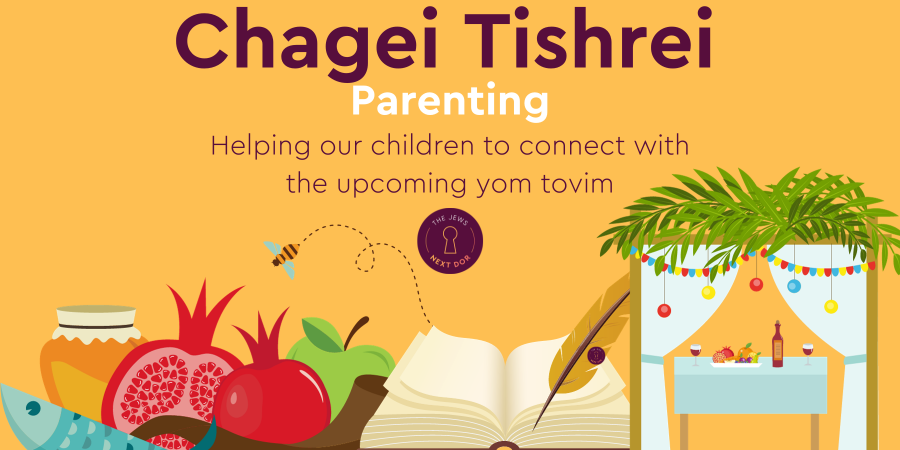Now that we’ve learned the art of containment – expanding our hearts and minds to encompass our children’s emotional worlds – we can lay out strategies to handle the feelings that enter this sacred space. We need to develop a regulation toolbox, a set of tactics we can pull from when our kids feel broken and turn to us for help. Having the proper parental hardware will allow us to vary our approach based on our children’s state at the moment and not hammer away with interventions that are unhelpful or ultimately backfire. We don’t want to look at every emotional struggle as all the same nail.
In this article, we’ll describe three essential rules of emotional mechanics and then see how they come together in one useful intervention. These three rules are:
- Name it to tame it
- Emotions have motion
- Two levels of feelings
Rule #1: Using language to regulate emotion
One of the hardest things about experience is not having words to describe it. Kids are stuck in this predicament from the very beginning of life, when flailing limbs and primal screams are all they have to communicate their distress. Even as they grow, children often feel lost in a jungle of emotions without the foothold of words to express what on earth is going on inside them. Language anchors us – we feel rooted in a reality in which we can wrap our minds around what we’re experiencing and convey that sense to others. Without a way to verbally capture what’s happening, our kids not only wrestle with the emotion itself but also have to deal with feelings of panic and uncertainty that arise from the inability to articulate what’s happening.
Dr. Dan Seigel points out that labeling an emotion has a calming effect – you must name it to tame it. It turns out that emotions enjoy classification – they relax when nuzzled into a description that fits them just right. We can take the edge off our kids’ emotional tension by expanding our vocabulary and offering them names for their feelings. We may even want to look up a list of feelings to assist us in this process. Peppering these words into everyday conversation may sound something like:
- “You seem frustrated, what’s wrong?”
- “I hear that, it’s really disappointing.”
- “Ouch. That sounds like it hurt.”
Children who are handed a label for their emotions feel validated. A degree of comfort settles over them as they realize that what they’re dealing with is a known entity that their parents seem to understand and be familiar with. They may think, “Ah, that’s what that’s called.” They feel less in the dark, more seen, and better equipped to use their words in the future, which we can actively encourage them to do (instead of their fists or teeth). The big, scary world of emotional upheaval has become slightly more manageable.
Rule #2: The emotional pathway
A second rule of emotional physics is that, as their name indicates, emotions are constantly in motion. Emotions are not static events, but rather fluctuate up and down in their intensity, much like a wave that gradually increases in strength until it hits with full force before receding out to sea. The most intense part of an emotional pathway may happen right at the beginning, such as profound feelings of hurt and betrayal after discovering an infidelity. Sometimes the brunt of a feeling only arrives later, like when the deepest pangs of sadness appear after everyone has gone home after shivah. Whether the graph of emotional intensity looks like a bell curve or skews towards the front or back, feelings always travel along a route that passes through us from start to finish.
The fact that our emotions follow a trajectory is good news because it means that no emotion lasts forever. There is a beginning, and there will be an end. Often our job as parents is to shepherd our children along these feeling trails until the emotion runs its course and a degree of calm has been restored. The triggering event may still need addressing, but this can only happen after we’ve helped our kids find their way through the intense portion of the feeling pathway and allowed it to dissipate on its own.
By patiently escorting our children through this process, we teach them that an emotion can be felt, endured, and – perhaps most importantly – outlasted. We want our kids to know that feelings are normal events that arise within us, and that if we follow them through their natural course, we’ll come out fine on the other side. Whatever step we take after that point will undoubtedly be more right than rash.
Rule #3: Two levels of emotions
A third rule to remember is that there are two levels of emotions: primary and secondary. As Dr. Les Greenberg explains, primary emotions are the ones that live closer to our hearts, carry our wounds, and are more vulnerable to express. Examples are sadness, rejection, loneliness, worthlessness, and hurt. Sequentially, primary emotions come first in response to a triggering event. Though we may not realize it, we are initially affected in these deeper places, thus setting off a chain of internal events in which our system experiences pain before it scrambles for ways to guard ourselves against feeling it.
That’s where secondary emotions come in. Secondary emotions, such as anger, frustration, anxiety, fear, or irritability, are reactions to primary emotions and mainly try to protect us in some way. While primary feelings are generally more somber or hidden, secondary emotions are out there for all to see. They’re the bodyguards of our systems, the ones that show up to get back at those who wronged us or shield us from further emotional sting. It’s often more challenging to deal with secondary emotions, especially when they show up in our children, because they tend to carry a hostile, combative, or standoffish energy. It’s important to remember that these, too, are just emotions, there to serve some critical function – usually to alert us that something has happened that feels terribly wrong.
Putting it all together: Mad to Sad
Nine-year-old Danny walks in from school ready for a fight – his expression and demeanor say it all. You immediately notice your body tense as your system braces for impact. You feel annoyed that he doesn’t even say hello, and worse, starts barking at you for a snack. This affront sets off a slew of negative impulses in your mind, as you think to yourself that he’s so ungrateful, that you don’t have time for this (he’s not the only one that’s had a hard day), or that you’re a terrible parent if this is how he behaves. You notice defensiveness well up in your stomach and chest, and you’re just about ready to tell him in no uncertain terms that he’d better change his attitude if he knows what’s good for him. Suddenly, you remember that Danny is caught in emotional turbulence and needs your help – he’s struggling just like you are. You decide to pause, take a deep breath, and realize that your son probably needs your compassion. And this choice makes all the difference.
As you use your breath to soften and expand (see last article), you mentally scan your list of emotion words, eventually arriving at something like, “You look really upset. Is everything OK?” Well, that’s all it takes. Danny explodes in anger and yells, “NO! EVERYTHING IS NOT OK!! I’M NEVER GOING BACK TO SCHOOL!!!” You patiently nod and show concern, still without any idea of what’s going on. You decide to gently ask, “What happened?” and begin to see the tears forming. He furiously tells you about what Ariel and Mordy, his two closest friends, said to him after he missed a shot today during recess, and how he’s never going to play with them ever again. You’re mindful of the fact that Danny’s anger is a secondary emotion, which means there’s a more vulnerable feeling underneath, one that you may discover if you follow the anger down its natural pathway. As you listen, that’s exactly what happens.
As Danny talks, he slowly begins to go from mad to sad. His energy changes, his expression shifts, and his primary feelings start to emerge. You’ve made it to the end of anger and now find hurt and sadness waiting there for you. You sense a space opening up as Danny softens, and you move in a little closer. This invitation unlocks the floodgates, and the crying comes. You hold him and hear him. A surge of pain moves up and out of his body, discharging itself through words and tears. You let this emotion run its course, too, until he’s left sitting with you in wounded silence, bruised but intact. Danny has made it through the storm. He’s no longer consumed by anger, feels understood, and has more resilience for the future after having outlasted his feelings without causing harm to himself or others. Your presence is what made all of that possible.
Coming back to calm
Many parents are surprised to learn that helping kids move from mad to sad (to not so bad) is often enough. Although you haven’t said much – some gentle prodding and reflecting is all it took – they are ready to get up and go on their way. Because you’ve given them what they don’t yet have – the experience of cycling through their emotions. Danny will figure out how to handle his friends and may or may not ask you for advice. But he’s gotten the help he needed – a taste of emotional regulation.
Even if mad-to-sad leads into a conversation about how Danny might handle the situation with his friends, he’ll now receive your perspective entirely differently. Had you tried to rationalize with your son earlier about what probably happened, how he could have handled it, or why he shouldn’t be reacting like this, he would not have heard you. There’s no room for logic when our kids are hurting. They don’t care, they just feel. We are often called upon to help our kids with themselves before we can help them with others.
We’ll talk more about what we can say during those post-outburst conversations, which tend to be more rational. And we’ll think of other ways to arm our kids with ideas and methods for dealing with future triggers. But getting to the brain often means forging our way through the heart. Guiding our kids with knowledge, words, and presence is one effective way to do just that.
__________
Rabbi Dr. Dovid Lessin, PsyD, holds a doctorate in Clinical Psychology and is a certified psychotherapist with a private practice in Jerusalem and Modiin, Israel. He specializes in treating couples as well as adult men and adolescents. He lives in Sha’alvim with his wife, Adina, and their four children. Check out his work at https://www.lessintherapy.com
Submit your questions
"*" indicates required fields


